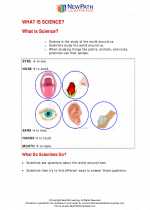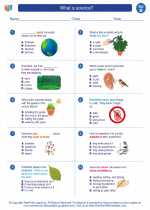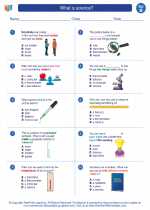The Earth's Crust
The Earth's crust is the outermost layer of the Earth, made up of solid rock. It is divided into several large and small pieces called tectonic plates. These tectonic plates can move and interact with each other, leading to various geological phenomena such as earthquakes, volcanic eruptions, and the formation of mountains.
The crust is composed of different types of rocks, including igneous, sedimentary, and metamorphic rocks. These rocks are constantly being formed, broken down, and reformed through the processes of erosion, deposition, and geological activities such as melting and solidification.
The Earth's crust plays a crucial role in supporting life as it is the layer upon which we live and where most of the planet's geological activity occurs. Understanding the Earth's crust is essential for geologists, environmental scientists, and other Earth scientists to comprehend the processes that shape our planet.
Study Guide for the Earth's Crust:
- What is the Earth's crust?
The Earth's crust is the outermost layer of the Earth, made up of solid rock. - How thick is the Earth's crust?
The crust ranges from about 5 to 70 kilometers thick. - What are tectonic plates?
Tectonic plates are large and small pieces into which the Earth's crust is divided. These plates can move and interact with each other, leading to geological phenomena. - What are the three main types of rocks found in the Earth's crust?
The three main types of rocks found in the Earth's crust are igneous, sedimentary, and metamorphic rocks. - What processes constantly shape the Earth's crust?
Erosion, deposition, and geological activities such as melting and solidification constantly shape the Earth's crust.
[Crust] Related Worksheets and Study Guides:
.◂Science Worksheets and Study Guides Second Grade. What is science?

 Worksheet/Answer key
Worksheet/Answer key
 Worksheet/Answer key
Worksheet/Answer key
 Worksheet/Answer key
Worksheet/Answer key
 Vocabulary/Answer key
Vocabulary/Answer key
